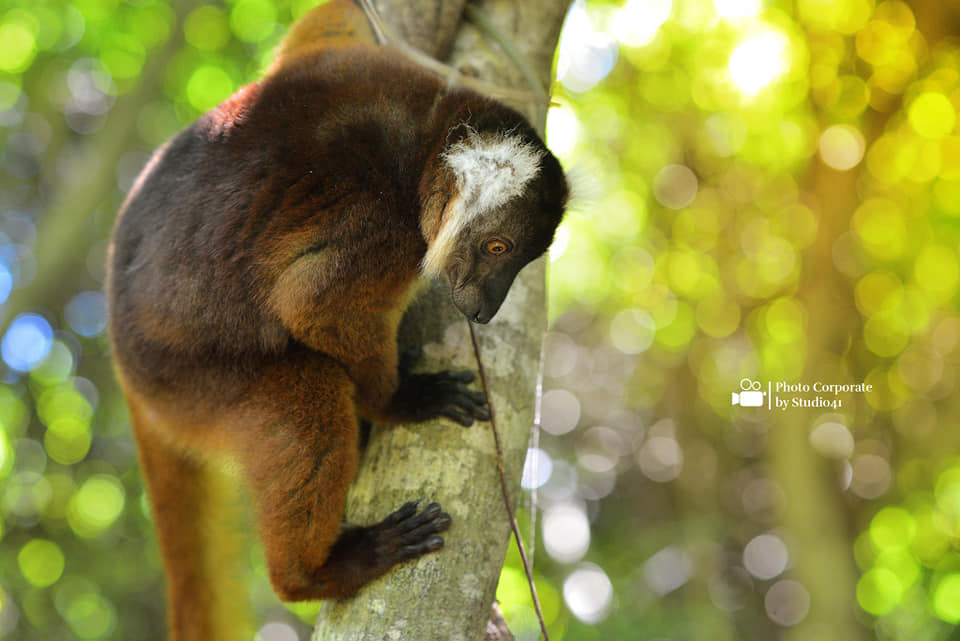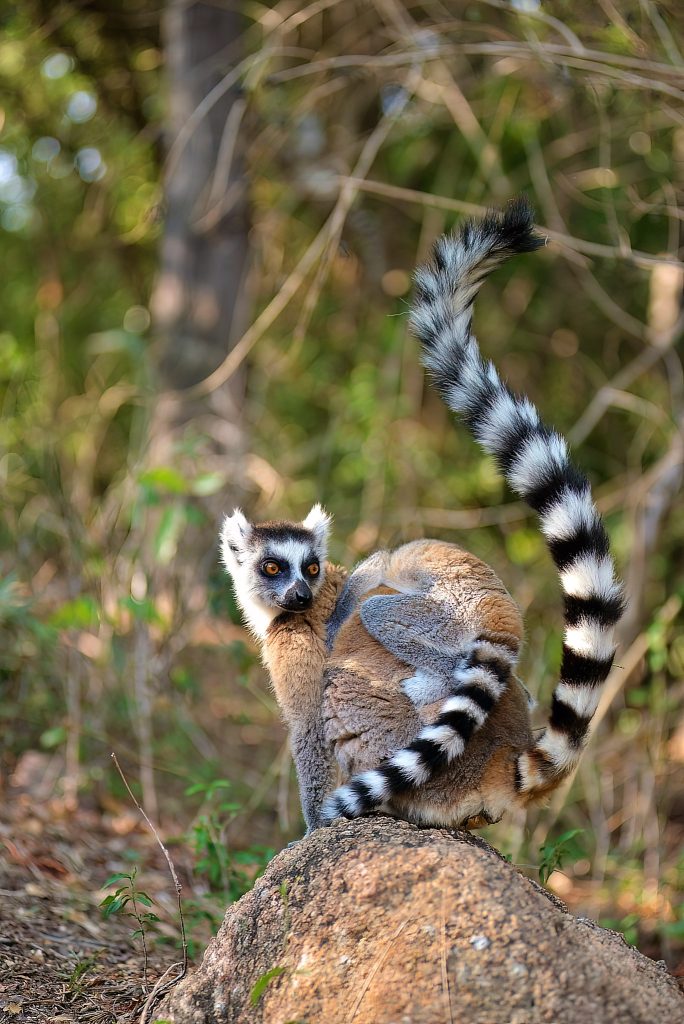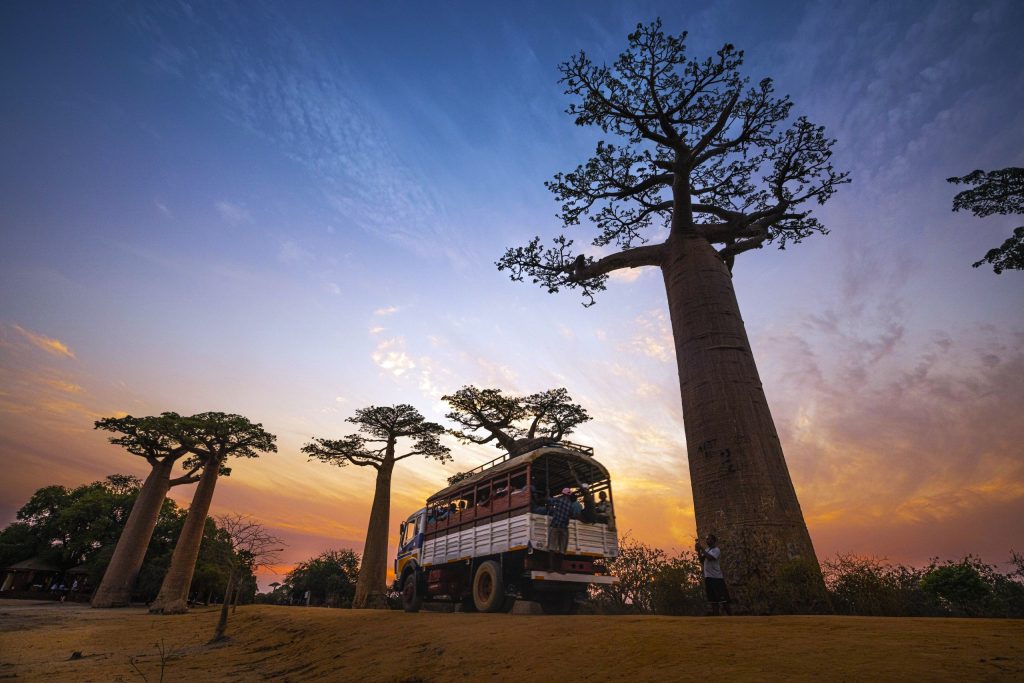Madagascar is a tropical island brimming with natural wonders, located off the southeastern coast of Africa in the Indian Ocean. Known as the “eighth continent,” Madagascar’s biodiversity is unparalleled, with over 90% of its wildlife and plant species being endemic to the island. For international travelers, Madagascar offers an unspoiled paradise waiting to be explored—beaches lined with palm trees, diverse ecosystems, rich cultural traditions, and breathtaking landscapes.
This ultimate travel guide to Madagascar for first-time visitors will help you plan your journey, from understanding the best times to visit, to discovering its remarkable flora and fauna, and the top destinations that should be on your must-visit list.
Why Madagascar?
Madagascar is not your typical tropical island getaway. While the beaches are indeed stunning, the island’s true allure lies in its astonishing biodiversity. It is a haven for nature lovers, with its unique blend of landscapes that range from lush rainforests to arid deserts and mangrove swamps. Madagascar is home to rare species such as the lemur, the fossa, and a vast variety of endemic plants like the baobab tree and orchids. For those who want an off-the-beaten-path experience, Madagascar offers an exotic charm that is hard to find elsewhere.
Essential Information for First-Time Visitors
Before diving into what makes Madagascar an extraordinary travel destination, here’s some essential information to help you prepare for your trip.
1. Visa Requirements
International tourists can obtain a visa on arrival for up to 90 days at Ivato International Airport in Antananarivo. Visas can also be obtained at Malagasy consulates. Ensure your passport is valid for at least six months beyond your planned stay.
2. Currency
The local currency is the Malagasy Ariary (MGA). ATMs are available in major cities and towns, but it’s advisable to carry some cash, especially in rural areas where card payments may not be accepted.
3. Language
Madagascar’s official languages are Malagasy and French. English is not widely spoken, so having a basic understanding of French or using translation apps will be useful.
4. Health Precautions
Make sure to consult with your doctor about recommended vaccinations before visiting Madagascar. Malaria is present in some areas, so consider taking anti-malarial medication and use insect repellent. It’s also important to drink bottled water and avoid consuming ice.
5. When to Visit
The best time to visit Madagascar is during the dry season, from April to October. This period offers pleasant weather for wildlife viewing and outdoor activities. The rainy season, from November to March, can make some roads impassable and reduce the chances of spotting animals.
The Wonders of Madagascar: Endemic Flora and Fauna
Madagascar’s ecosystems are as varied as they are extraordinary. With 5% of the world’s plant and animal species found exclusively on the island, it’s a biodiversity hotspot that appeals to eco-tourists and adventure-seekers alike.
1. Lemurs: Madagascar’s Most Iconic Inhabitants
Perhaps the most famous residents of Madagascar are the lemurs, a group of primates that are endemic to the island. There are over 100 species of lemurs, ranging from the tiny mouse lemur to the charismatic ring-tailed lemur. Lemur-spotting is a highlight of any trip to Madagascar. Popular locations for lemur encounters include:
- Andasibe-Mantadia National Park: This rainforest reserve is home to the Indri, the largest living lemur species, known for its haunting calls.
- Avenue of the Baobabs: Besides its famous baobab trees, this area is also a great place to see the Verreaux’s Sifaka, known for its peculiar sideways hopping.

2. Unique Mammals
Aside from lemurs, Madagascar is home to other unique mammals such as the fossa, a carnivorous predator resembling a small cougar, and the tenrec, a hedgehog-like creature.
3. Endemic Birds
Madagascar is a birdwatcher’s paradise, with around 280 bird species, of which over 100 are endemic. Birdwatchers should visit the Zombitse-Vohibasia National Park and the Ranomafana National Park to spot species like the Madagascar Fish Eagle, Madagascar Crested Ibis, and the Blue Coua.

4. Reptiles and Amphibians
The island boasts over 300 species of reptiles and amphibians, including the world’s smallest chameleon, the Brookesia micra, and the colorful panther chameleon. Madagascar also has several species of geckos, frogs, and snakes, many of which are harmless.
5. Baobabs and Other Flora
The baobab is one of Madagascar’s most iconic tree species, with several endemic varieties growing on the island. These “upside-down trees” store water in their massive trunks and can live for over 1,000 years. The Avenue of the Baobabs, a stretch of dirt road lined with towering baobabs, is one of Madagascar’s most photographed sites. Madagascar is also home to rare orchids and medicinal plants, making it a botanical wonderland for nature enthusiasts.
Top Destinations in Madagascar
While Madagascar is filled with natural and cultural wonders, here are some must-see destinations for first-time visitors.
1. Antananarivo (Tana)
Madagascar’s bustling capital, Antananarivo, is likely where your journey will begin. Set amidst rolling hills, Tana is a city of contrasts with its mix of modernity and tradition. Visit the Rova of Antananarivo, a royal palace complex that offers panoramic views of the city, and explore bustling markets like the Zoma Market, where you can purchase local crafts and products.
2. Avenue of the Baobabs
Located near Morondava on the western coast, the Avenue of the Baobabs is a majestic sight, especially at sunrise or sunset. This natural monument is Madagascar’s most famous landmark and a must-see for any visitor.
3. Andasibe-Mantadia National Park
This park is one of the best places for first-time visitors to experience Madagascar’s rainforests and wildlife. Besides lemur-watching, the park offers opportunities to see rare orchids, waterfalls, and numerous species of birds and reptiles. The park is a perfect spot for hiking and nature walks.
4. Ranomafana National Park
Ranomafana is a UNESCO World Heritage site known for its lush rainforest and rich biodiversity. It’s a prime location for wildlife spotting, with 12 species of lemurs residing here, as well as several endemic reptiles and amphibians. The park’s hot springs also provide a relaxing break from hiking.
5. Nosy Be
For beach lovers, Nosy Be, located off Madagascar’s northwest coast, offers crystal-clear waters, white sandy beaches, and vibrant marine life. Nosy Be is a great spot for snorkeling, diving, and island-hopping. The nearby Nosy Tanikely marine reserve is famous for its coral reefs and underwater biodiversity.
6. Isalo National Park
Located in southern Madagascar, Isalo National Park is a striking landscape of canyons, cliffs, and natural swimming pools. It’s perfect for hikers and adventure-seekers who want to explore the dramatic scenery. Keep an eye out for ring-tailed lemurs and rare plant species such as the elephant foot plant.
7. Tsingy de Bemaraha National Park
This UNESCO World Heritage site is one of Madagascar’s most unusual landscapes, characterized by towering limestone formations known as “tsingy.” The park’s labyrinthine rock formations are home to a variety of endemic species. For adventurous travelers, there are trails and suspension bridges that provide access to some of the park’s most scenic viewpoints.
8. Ile Sainte-Marie
Located off the eastern coast, Ile Sainte-Marie is a tropical island known for its pirate history and idyllic beaches. Between July and September, the island is a prime spot for whale-watching as humpback whales migrate to the warm waters for breeding.
Cultural Highlights of Madagascar
Madagascar is not only about wildlife and landscapes; the island’s rich cultural heritage is equally captivating.
1. Malagasy Traditions
The Malagasy people are known for their warm hospitality. Many of their traditions are tied to nature and ancestors. For instance, the famadihana, or “turning of the bones,” is a unique ritual in which families exhume the remains of their ancestors to honor them with music and dancing.
2. Malagasy Cuisine
Food in Madagascar is influenced by African, French, and Southeast Asian flavors. Rice, known locally as vary, is a staple, often served with a variety of dishes like romazava (a meat and greens stew) and ravitoto (crushed cassava leaves with pork). Fresh seafood is abundant along the coast, and tropical fruits such as lychees, mangoes, and coconuts are available year-round.
Madagascar Travel Tips
- Getting Around: Madagascar’s infrastructure can be challenging. Domestic flights are often the fastest way to get around, though they can be pricey. Taxi-brousse (bush taxis) are a common form of public transport but can be slow and uncomfortable. Renting a 4×4 with a driver is a more comfortable option for exploring the island’s remote regions.
- Safety: While Madagascar is generally safe for tourists, petty crime such as pickpocketing can occur in larger cities like Antananarivo. Exercise caution, especially at night, and avoid carrying large sums of money or valuables.
- Sustainable Tourism: Madagascar’s unique ecosystems are fragile, and it’s important to be a responsible traveler. Avoid single-use plastics, respect wildlife by keeping a safe distance, and support local communities by buying local crafts and products.
Conclusion
Madagascar is a once-in-a-lifetime destination for travelers seeking adventure, wildlife, and cultural richness. From lemur-spotting in rainforests to relaxing on pristine beaches, this island has something for every type of traveler. With proper planning and an adventurous spirit, your journey to Madagascar will be an unforgettable experience. Whether you’re exploring the Avenue of the Baobabs or discovering the endemic species of a national park, Madagascar is a destination that will leave you in awe of its natural and cultural beauty.
Related posts
Meet the project

Welcome to Wonderful Madagascar, a non-profit project created by a passionate Malagasy team with one mission: to reveal the hidden beauty of Madagascar to the world. From its rare and captivating wildlife to its stunning landscapes and pristine beaches, we are dedicated to promoting the richness of this extraordinary island.
Learn more
